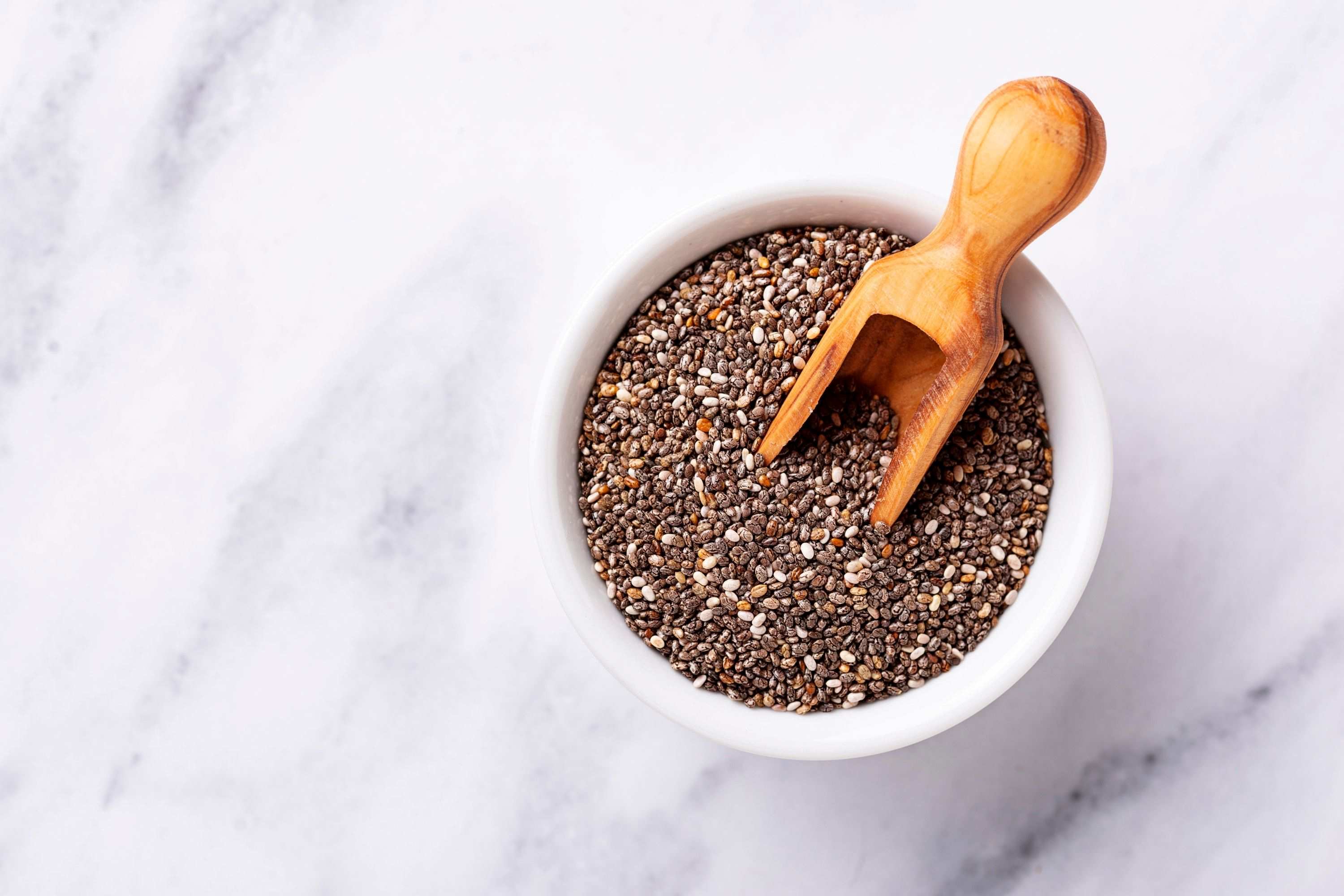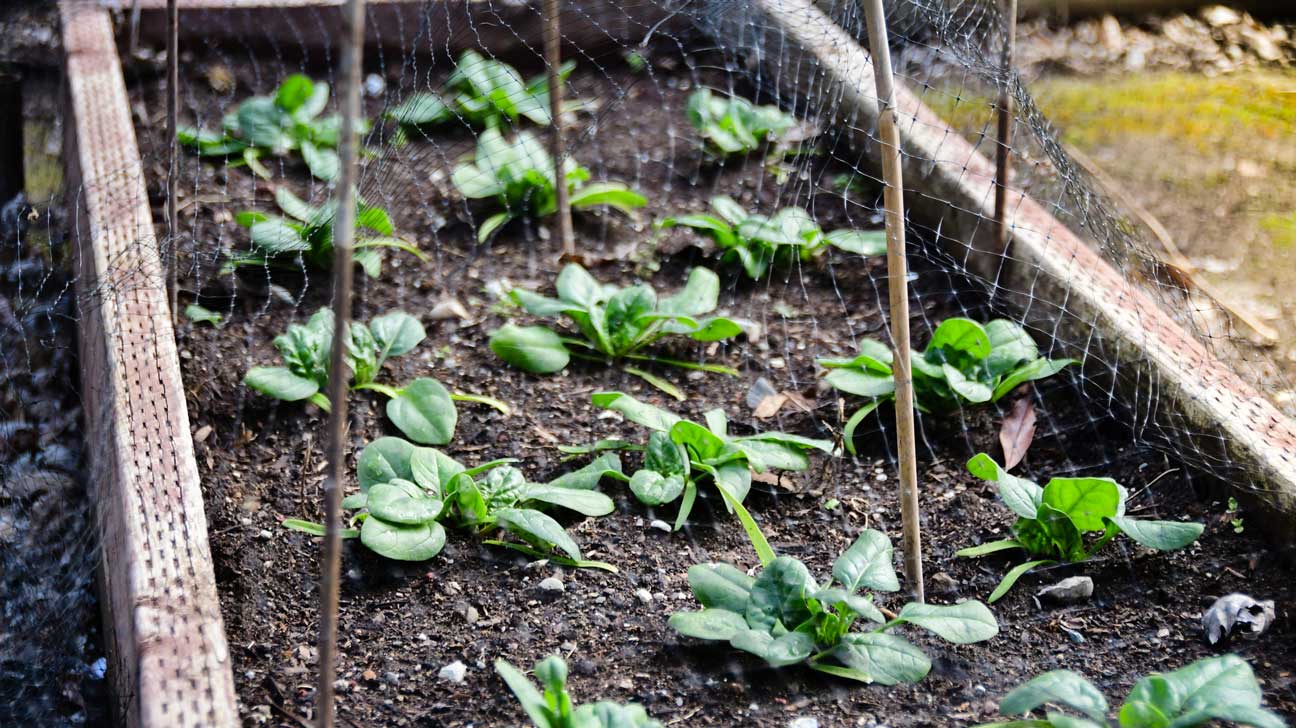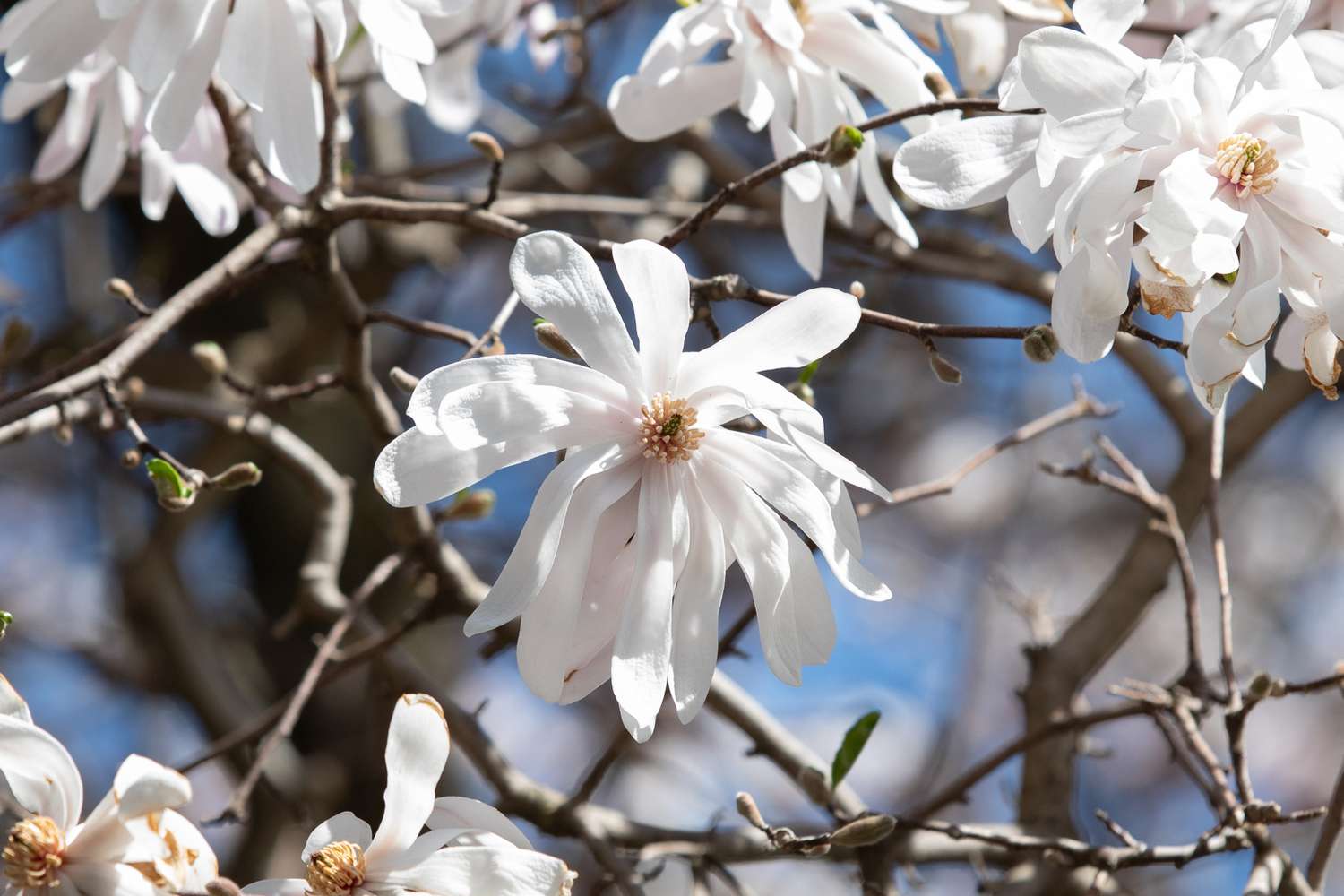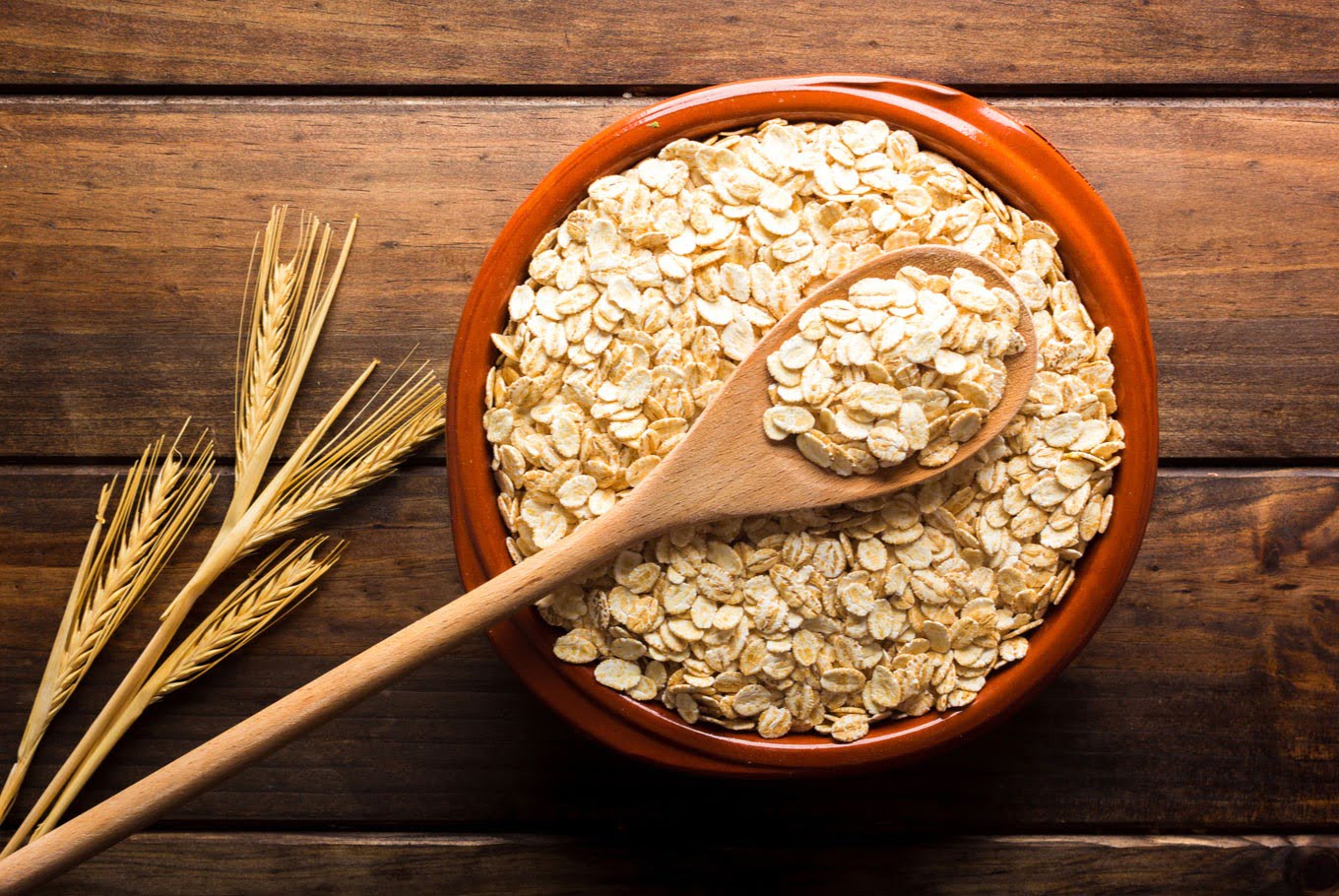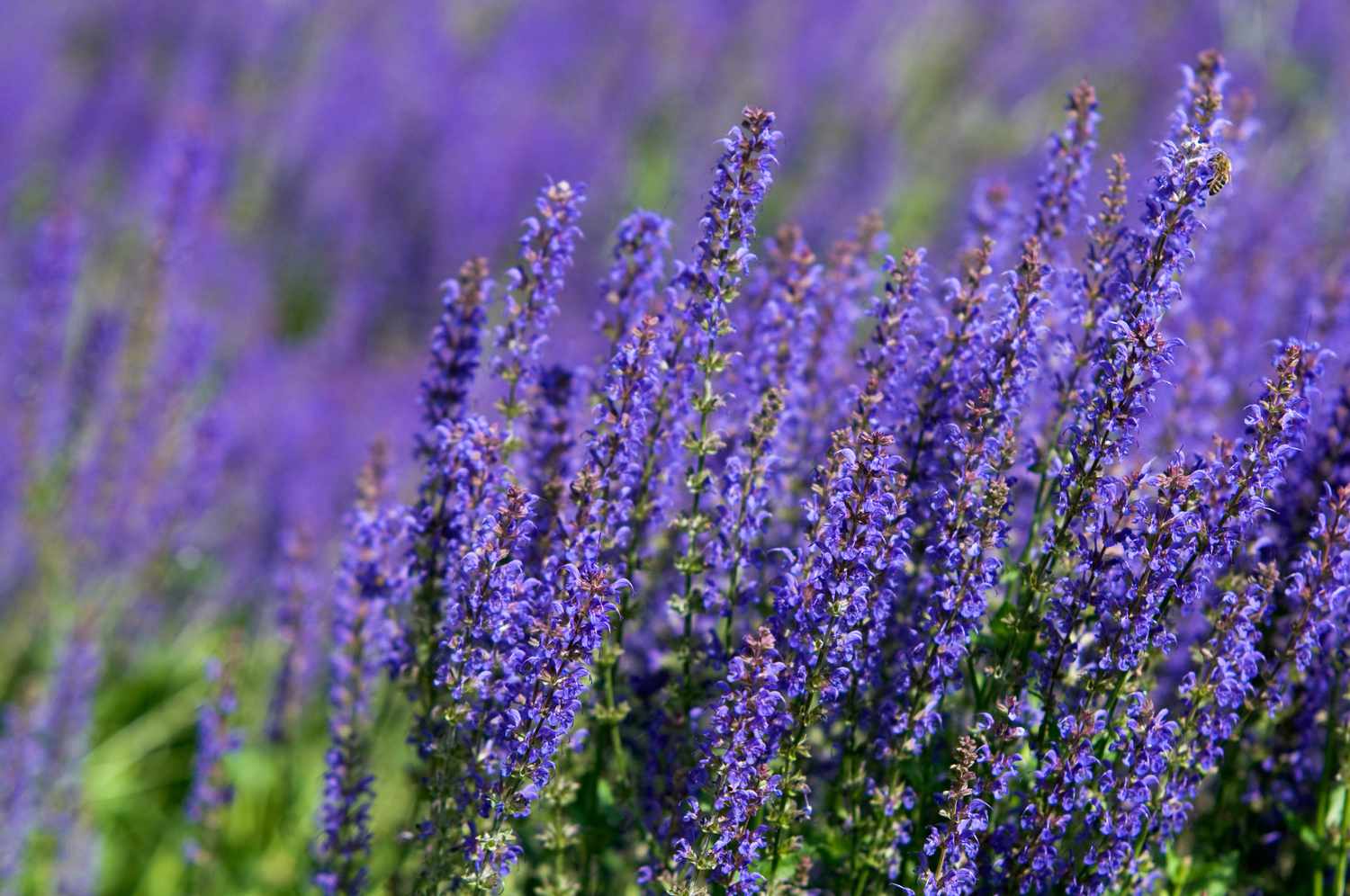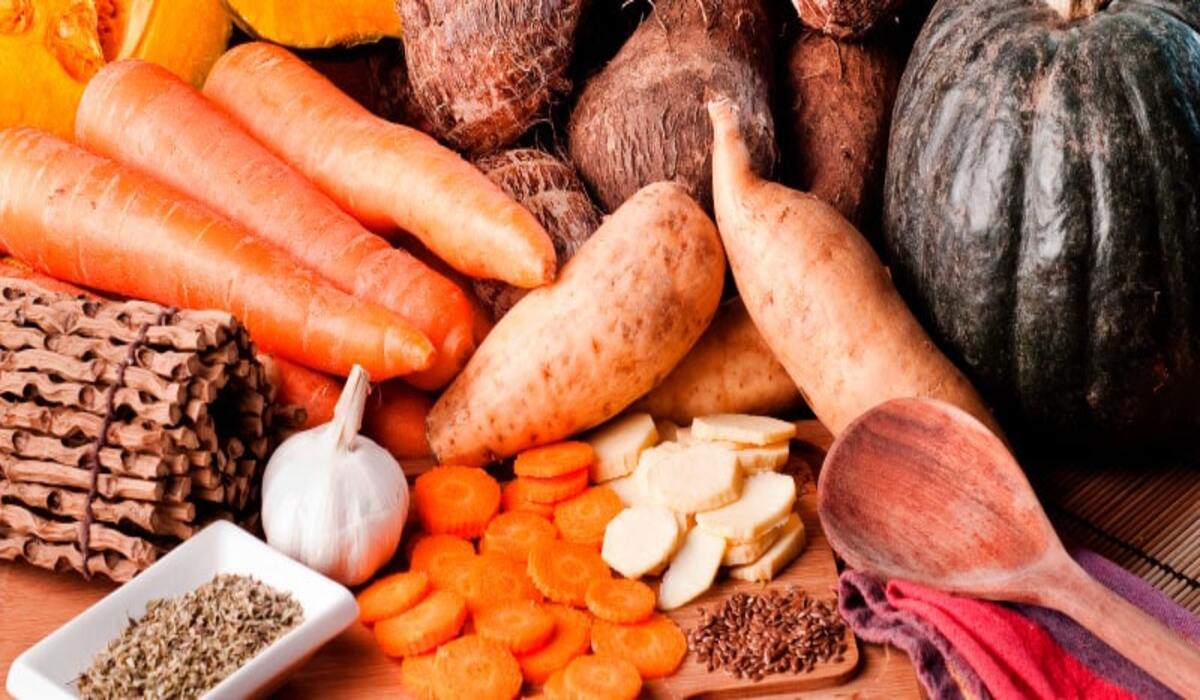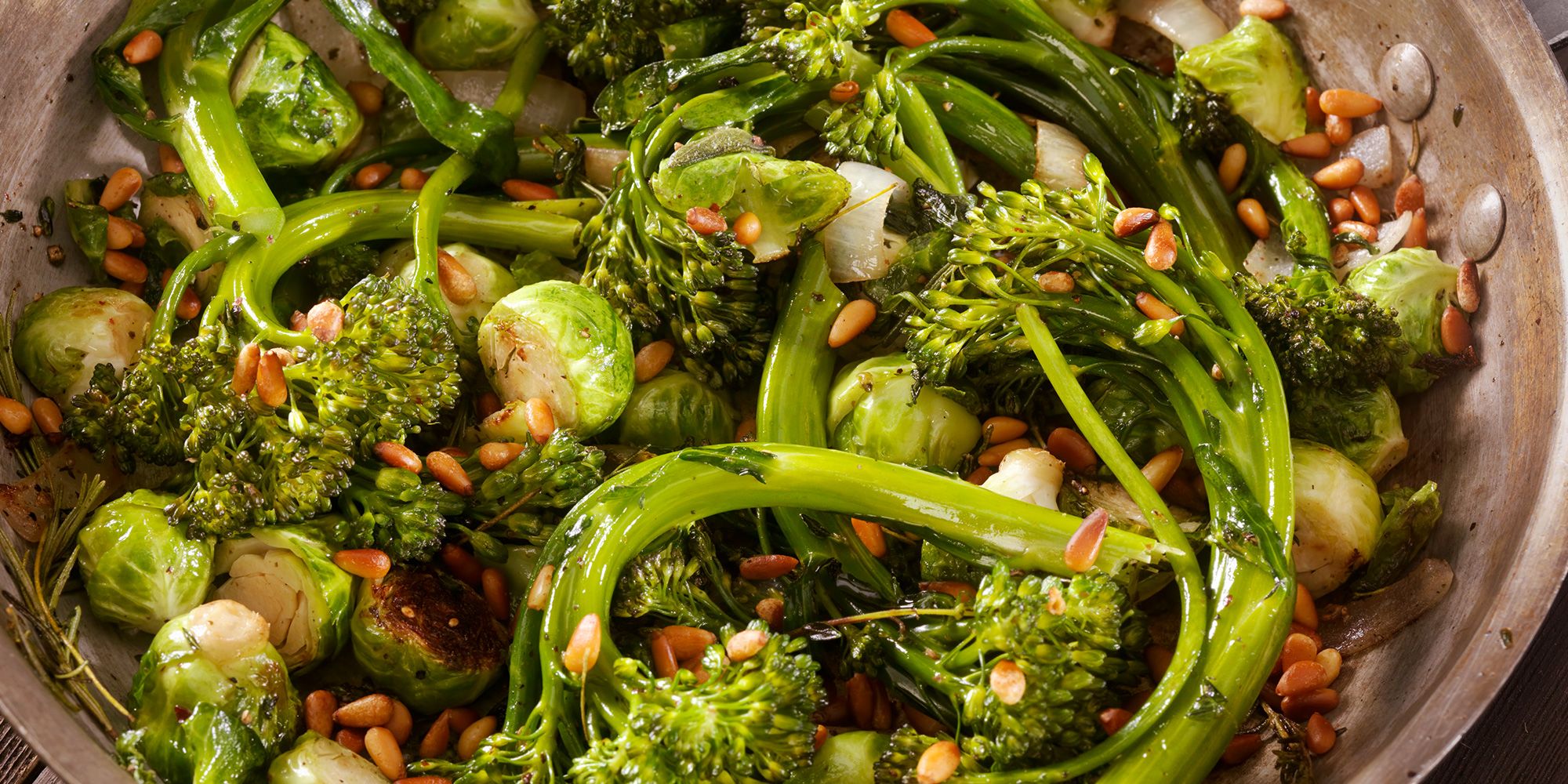Home>Types of Gardening>Edible Gardening>What Oranges Have Seeds
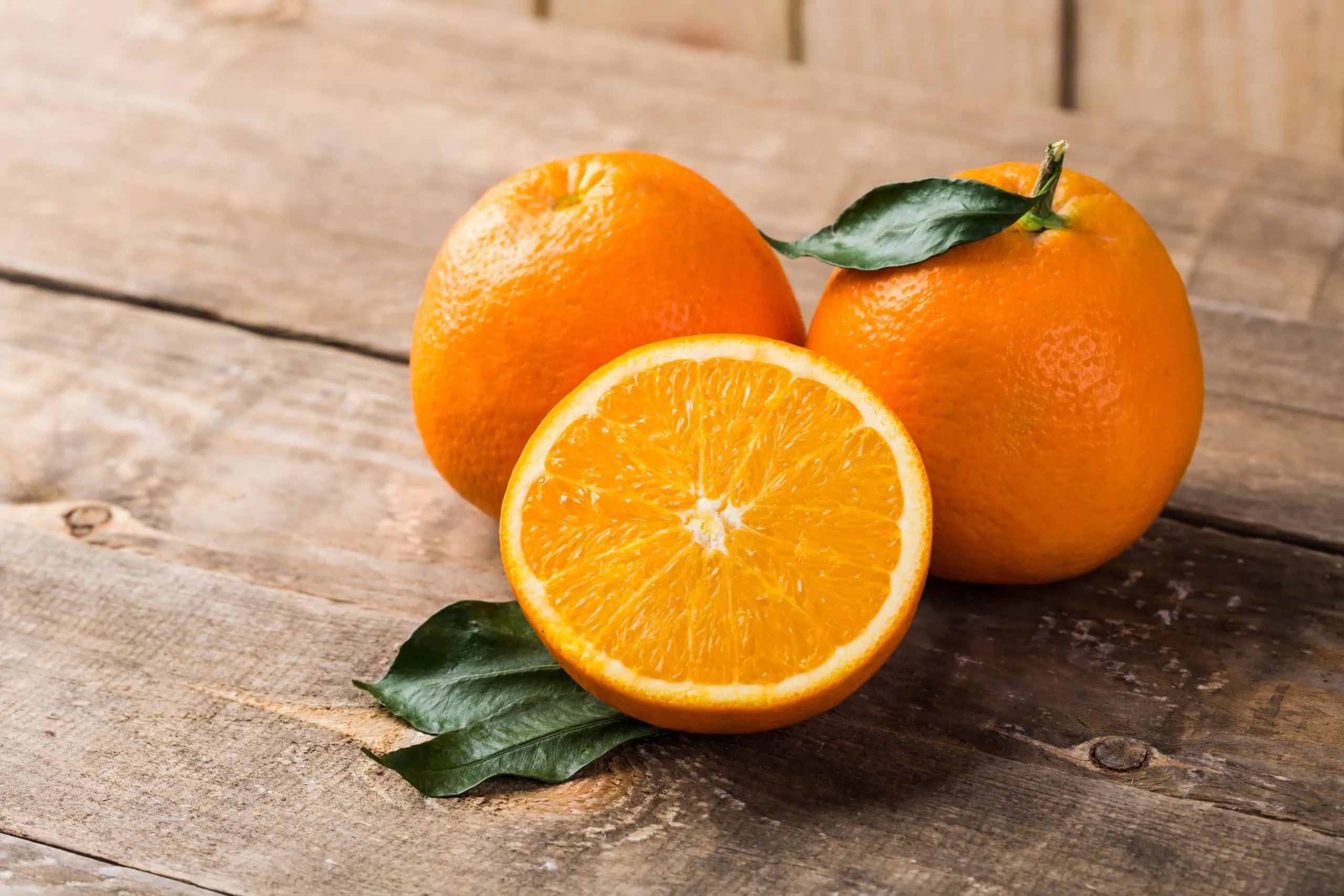

Edible Gardening
What Oranges Have Seeds
Published: September 20, 2023
Learn about the edible gardening of oranges with seeds. Discover how to grow and harvest these delicious fruits right in your own backyard.
(Many of the links in this article redirect to a specific reviewed product. Your purchase of these products through affiliate links helps to generate commission for Chicagolandgardening.com, at no extra cost. Learn more)
Table of Contents
Introduction
Welcome to the world of edible gardening, where you can cultivate your own fresh and nutritious fruits and vegetables right in your backyard! One of the most popular choices for home gardeners is oranges. Known for their vibrant color and tangy taste, oranges are a staple fruit for many households.
Whether you’re a seasoned gardener or a novice just starting out, it’s important to have a good understanding of the plants you choose to grow. In this article, we will explore the world of oranges, focusing specifically on whether they have seeds or not.
Oranges, scientifically known as Citrus × sinensis, are citrus fruits that belong to the Rutaceae family. They are native to Southeast Asia and are now cultivated in various parts of the world. Oranges are known for their juicy flesh and refreshing taste, making them a prized ingredient in culinary dishes and beverages.
There are several different types of oranges, each with its own unique characteristics. Some popular varieties include Navel oranges, Valencia oranges, Blood oranges, and Cara Cara oranges. These oranges vary in terms of taste, color, and harvest season, providing a diverse range of options for home gardeners.
Now, let’s address the burning question: do oranges have seeds? Traditionally, oranges have been known to contain seeds. However, with advancements in plant breeding, seedless varieties have also been developed. Seedless oranges are a convenient choice for those who prefer to enjoy their oranges without the hassle of dealing with seeds.
In the following sections, we will delve deeper into the topic of oranges and explore the different varieties, including both seeded and seedless options. We will also discuss the benefits of seedless oranges and provide some helpful tips on how to remove seeds from oranges.
What are Oranges?
Oranges are citrus fruits that are widely recognized for their juicy and tangy taste. They belong to the Rutaceae family and are scientifically known as Citrus × sinensis. Oranges are believed to have originated in Southeast Asia and have been cultivated for thousands of years.
Oranges are characterized by their round shape, bright orange color, and thick, textured skin. The flesh inside an orange is divided into juicy segments, which are enclosed in thin membranes. Each segment contains a sac filled with sweet, pulpy juice that is both refreshing and packed with nutrients.
These citrus fruits are not only delicious but also highly nutritious, making them an excellent addition to a healthy diet. Oranges are known for their high vitamin C content, which is essential for boosting the immune system and promoting healthy skin. They also provide important antioxidants, such as beta-carotene and flavonoids, which help protect the body against oxidative stress and inflammation.
In addition to their nutritional value, oranges are incredibly versatile and can be enjoyed in various ways. They can be consumed fresh, juiced, or used as ingredients in a wide range of dishes and beverages. Their tangy flavor adds a delightful twist to salads, desserts, marinades, and cocktails.
Furthermore, oranges are not just a delicious fruit; they also offer a range of health benefits. Regular consumption of oranges can improve heart health by lowering cholesterol and blood pressure levels. They can also aid in digestion, thanks to their high fiber content.
When it comes to growing oranges, it’s essential to provide them with the right conditions. They thrive in warm climates and require plenty of sunlight to produce sweet and juicy fruit. Adequate watering and well-draining soil are also important for their growth.
Overall, oranges are a delightful fruit that brings a burst of flavor and nutrition to any meal. Whether eaten fresh, juiced, or used in various recipes, oranges are a fantastic addition to your edible garden.
Types of Oranges
Oranges come in a variety of types, each with its own distinct flavor, appearance, and characteristics. Here are some of the most popular types of oranges that you can consider growing in your edible garden:
- Navel Oranges: Navel oranges are one of the most common types of oranges available. They are characterized by their distinctive “navel” or belly-button-like formation at the blossom end of the fruit. Navel oranges are seedless and have a sweet and tangy flavor, making them perfect for eating fresh or juicing.
- Valencia Oranges: Valencia oranges are known for their juiciness and are often used in commercial orange juice production. They have a thin skin and a slightly sweeter flavor compared to Navel oranges. Valencia oranges are great for juicing and are also enjoyed fresh.
- Blood Oranges: Blood oranges have a unique deep red or maroon flesh, which is a result of high levels of anthocyanins. This gives them a distinct flavor that is slightly sweeter and more complex than other orange varieties. Blood oranges are visually stunning and are often used in desserts and cocktails.
- Cara Cara Oranges: Cara Cara oranges are a relatively new variety that has gained popularity in recent years. They have a pinkish-red flesh and a sweet, tangy flavor with hints of cherry and raspberry. Cara Cara oranges are perfect for snacking and adding a burst of color to salads.
- Satsuma Oranges: Satsuma oranges are small, seedless oranges with a loose, easy-to-peel skin. They are sweet and have a low acidity level, making them a popular choice for eating fresh. Satsuma oranges are often harvested earlier in the season and are a favorite among citrus enthusiasts.
These are just a few examples of the wide variety of oranges available to home gardeners. Each type has its unique qualities, so feel free to explore different varieties and discover your favorites.
When selecting oranges to grow in your garden, consider factors such as climate, fruiting season, and desired taste. It’s also worth noting that some varieties may perform better in certain regions, so research and consult with local experts to determine the best choices for your specific location.
By cultivating different types of oranges, you can enjoy a variety of flavors and colors throughout the year and elevate your culinary creations with the vibrant taste of homegrown fruit.
Do Oranges Have Seeds?
Traditionally, oranges have been known to have seeds. However, with advancements in plant breeding techniques, seedless varieties of oranges have also been developed. So, the answer to the question “Do oranges have seeds?” is, it depends on the variety.
Seeded oranges, as the name suggests, contain seeds within their flesh. These seeds range in size and can be easily seen when you cut open the orange. While some people don’t mind dealing with the seeds, others find them inconvenient, especially when eating the fruit or using the juice in recipes.
On the other hand, seedless oranges are a convenient option for those who prefer to enjoy their oranges without the hassle of dealing with seeds. These seedless varieties are typically created through hybridization or selective breeding. The process involves crossing oranges with certain traits, such as reduced seed production, to produce fruits that are nearly or completely seedless.
It’s important to note that while seedless oranges may have greatly reduced seed content, they can still occasionally contain a few small, undeveloped seeds or traces of seeds. These seeds are generally so small that they are barely noticeable and do not affect the overall eating experience.
The availability of seedless oranges may vary depending on your location and the season. Seedless varieties like Navel and Valencia are commonly found in grocery stores and are well-suited for home cultivation. These oranges provide the familiar flavor and juiciness of regular oranges but without the inconvenience of seeds.
If you’re specifically looking for seeded oranges, there are still plenty of options available. These varieties may have larger seeds that are more noticeable when eating the fruit, but they offer a more traditional orange experience for those who appreciate the ritual of removing seeds while enjoying the fruit.
Ultimately, the choice between seeded and seedless oranges comes down to personal preference. If you prefer a more convenient eating experience or plan to use the orange juice for recipes, seedless varieties may be your best bet. If you enjoy the process of removing seeds or prefer the flavor of specific seeded varieties, then traditional oranges with seeds can still be a great choice.
Regardless of whether you choose seeded or seedless oranges, both options provide a burst of flavor and are packed with essential nutrients, making them a fantastic addition to your edible garden or fruit bowl.
Varieties of Seedless Oranges
Seedless oranges have become increasingly popular due to their convenience and ease of consumption. Whether you’re looking to enjoy fresh oranges or use the juice in recipes, seedless varieties offer a hassle-free experience. Here are some notable varieties of seedless oranges:
- Navel Oranges: Navel oranges are one of the most well-known and widely available seedless orange varieties. They are typically larger in size and have a distinctive “navel” or belly-button-like formation at the blossom end of the fruit. Navel oranges are sweet and tangy, making them a favorite for eating fresh or using in salads and desserts.
- Cara Cara Oranges: Cara Cara oranges are a delightful seedless variety with a pinkish-red flesh. They are known for their exceptionally sweet flavor, which is often likened to a blend of cherry and raspberry. Cara Cara oranges are not only delicious but also visually appealing, making them a popular choice for adding color to fruit salads and citrus-based desserts.
- Seedless Valencia Oranges: Valencia oranges are a classic choice for juicing, and seedless varieties have made the process even easier. These oranges have a thin skin and a rich, tangy flavor that is perfect for making freshly squeezed orange juice. They are also wonderful when eaten fresh for a burst of citrusy goodness.
- Seedless Blood Oranges: While blood oranges are typically known for their deep red flesh and slightly tart flavor, there are now seedless varieties available as well. Seedless blood oranges still possess the distinct sweetness and unique berry-like notes that make them highly sought after for culinary use.
- Seedless Satsuma Oranges: Satsuma oranges are small, easy-to-peel citrus fruits with a wonderful balance of sweetness and acidity. They are typically seedless, making them perfect for snacking or adding to fresh fruit salads. Satsumas are often prized for their intense flavor and are harvested earlier in the season.
These are just a few examples of the many seedless orange varieties that you can find. The availability of specific varieties may vary depending on your location and the season. As you explore the world of seedless oranges, you may come across other unique and lesser-known varieties that pique your interest.
When selecting seedless orange varieties for your edible garden, consider factors such as taste preferences and climate suitability. Consult with local nurseries, agricultural extension services, or experienced gardeners in your area for guidance on which varieties perform well in your specific region.
By growing these seedless orange varieties in your garden, you can enjoy the convenience of delicious, juicy oranges without the hassle of dealing with seeds. Harvesting your own homegrown seedless oranges ensures a fresh and flavorful experience that can’t be beat.
Benefits of Seedless Oranges
Seedless oranges offer a range of benefits that make them a popular choice among consumers. Whether you prefer to enjoy fresh oranges or incorporate them into your favorite recipes, here are some key advantages of seedless varieties:
- Convenience: Seedless oranges provide a convenient and hassle-free eating experience. You can enjoy the sweet and tangy flavor of oranges without the need to remove or spit out seeds. This makes seedless varieties especially appealing for snacking, as you can simply peel and eat them on the go.
- Ease of Use in Recipes: Seedless oranges are ideal for using in culinary preparations, such as salads, desserts, and savory dishes. Without seeds to contend with, you can easily extract the juice or add orange segments to recipes without any interruptions. This allows for a seamless integration of the vibrant flavor and nutritional benefits of oranges into your favorite dishes.
- Consistent Flavor and Texture: Seedless oranges tend to have a more consistent flavor and texture compared to their seeded counterparts. This is because seedless varieties have been selectively bred to produce fruit that is uniform in taste and texture, ensuring an enjoyable eating experience every time.
- Less Mess: Removing seeds can be messy, especially when eating oranges. Seedless varieties eliminate the need to deal with seeds, reducing potential mess and making clean-up much easier. This is especially beneficial when serving oranges to children or enjoying them in settings where cleanliness is important.
- Extended Harvesting Season: Many seedless orange varieties have extended harvesting seasons, allowing you to enjoy fresh oranges for a longer period. With careful selection and planning, you can grow a variety of seedless oranges that ripen at different times, ensuring a continuous supply of sweet and juicy fruit throughout the growing season.
- Nutritional Value: Seedless oranges are packed with essential nutrients that promote good health. They are an excellent source of vitamin C, which boosts the immune system and helps fight off infections. Oranges are also rich in dietary fiber, which aids in digestion and supports a healthy gut. Additionally, they provide important antioxidants and other beneficial compounds that contribute to overall well-being.
By cultivating and consuming seedless oranges, you can enjoy all these benefits while savoring the refreshing taste and numerous health advantages that oranges provide.
Whether you’re snacking on a seedless orange, enjoying freshly squeezed juice, or adding oranges to your favorite recipes, seedless varieties offer a convenient and versatile option. With their ease of use and consistent quality, seedless oranges are a fantastic addition to any edible garden or fruit bowl.
How to Remove Seeds from Oranges
While seedless oranges offer a convenient way to enjoy the fruit without dealing with pesky seeds, there may be times when you have oranges with seeds that you want to remove. Whether you prefer the flavor of seeded oranges or have a variety that contains seeds, here are a few methods to help you remove seeds from oranges:
- Using a Knife: Start by cutting off the top and bottom of the orange to create stable ends. Then, make a small vertical incision along the side of the orange, just deep enough to expose the seeds. Holding the incision open, carefully use the tip of a pairing knife or your fingers to gently remove the seeds from each segment.
- Slicing and Squeezing: Another method involves slicing the orange into cross-sections or rounds. Hold each round of the orange over a bowl and gently squeeze to release the juice and loosen the seeds. Use your fingers or a small spoon to pick out the seeds from each segment.
- Segmenting: For a neater presentation, you can segment the orange by cutting off the top and bottom, then using a sharp knife to slice off the peel and pith. Once the orange is exposed, carefully cut along the membranes to release individual segments without the seeds.
- Straining the Juice: If you’re using oranges for juicing and want to remove any seeds, simply strain the juice with a fine-mesh sieve or cheesecloth. This will catch any seeds or pulp, allowing you to enjoy a smooth and seed-free orange juice.
- Using a Citrus Zester or Juicer: If you plan to use the juice of the orange and don’t mind a bit of pulp, you can zest the orange first then cut it in half and squeeze the juice using a citrus zester or juicer. The zest will help prevent the seeds from falling into the juice as you squeeze the orange.
These methods should help you remove seeds from seeded oranges and allow you to enjoy the fruit without any interruptions. Remember to handle the oranges carefully to avoid damaging the segments or causing the juice to spill.
It’s worth noting that removing seeds from oranges may slightly alter the texture and appearance of the fruit. However, with a bit of practice, you’ll find the method that works best for you, ensuring a seamless and enjoyable eating experience.
Whether you choose seedless or seeded oranges, the joy of indulging in their vibrant flavor and numerous health benefits remains the same. So, grab a juicy orange and savor the deliciousness while picking, peeling, or simply enjoying it as nature intended.
Conclusion
Oranges are a delightful addition to any edible garden, offering a burst of vibrant color, refreshing flavor, and numerous health benefits. Whether you opt for seeded or seedless varieties, growing oranges gives you the opportunity to enjoy the juicy goodness of these citrus fruits right from your backyard.
We’ve explored the world of oranges in this article, covering everything from their types and flavors to the presence of seeds. While seeded oranges provide a more traditional experience, seedless varieties have gained popularity for their convenience and ease of use.
Seedless oranges, such as Navel, Valencia, Cara Cara, and more, offer a host of benefits. They are convenient to eat, make cooking and juicing easier, provide consistent flavor and texture, and reduce mess. Furthermore, they boast all the nutritional advantages of oranges, including high vitamin C content, dietary fiber, and antioxidants.
However, if you appreciate the ritual of removing seeds from your oranges or have a preference for specific seeded varieties, they are still readily available in a range of flavors and sizes.
No matter which type of orange you choose to grow or enjoy, the process of cultivating these citrus fruits can be incredibly rewarding. From selecting the right variety for your climate to providing optimal care, seeing your orange trees flourish and harvesting their bountiful fruits is an experience like no other.
So, whether you’re snacking on a seedless orange, savoring freshly squeezed juice, or incorporating oranges into your favorite recipes, the tangy and sweet flavor will always bring a touch of brightness to your day.
Embrace the world of oranges in your edible garden and relish the joy of growing and tasting these wonderful fruits. Happy gardening and happy indulging in the deliciousness of oranges!
